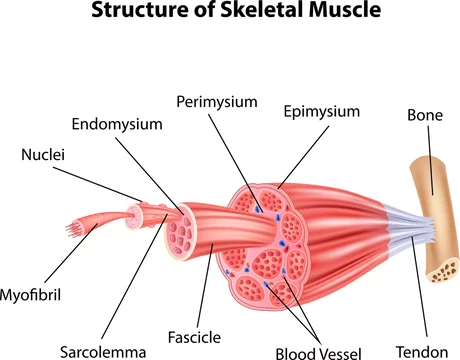If you’ve ever hit the gym after a bit of a break or pushed yourself a little harder during a workout, chances are you’ve felt the tell-tale ache the next day — delayed onset muscle soreness, or DOMS. While it's a common part of training and muscle adaptation, it doesn’t mean you have to suffer through it. With the right strategies, you can significantly reduce the likelihood of post-workout soreness and keep your body feeling fresh and ready for your next session.
Understanding DOMS and Your Body
If you're still wondering what is DOMS?, it's a natural response to microscopic damage in muscle fibres after unfamiliar or intense physical activity. While it’s a sign that your muscles are adapting and getting stronger, it doesn't mean you're stuck with the discomfort every time you train. Here are the top strategies to help prevent DOMS before it starts.
Warm Up the Right Way
A dynamic warm-up is more than just a pre-workout ritual — it’s your first line of defence against DOMS. Aim to get your blood flowing, increase your range of motion, and prepare your muscles for the movements they’re about to perform. Think leg swings, arm circles, light jogging, or bodyweight squats. Five to ten minutes of purposeful warm-up can prime your body and reduce the risk of muscle soreness later.
Ease Into New Workouts
Whether you’re starting a new fitness program or returning after a break, it’s crucial to gradually increase intensity and volume. DOMS is especially common after eccentric movements — think lowering into a squat or lengthening during a hamstring stretch. By scaling up slowly and allowing your muscles time to adapt, you’re less likely to experience significant soreness.
Focus on Proper Form
Poor technique doesn’t just increase your risk of injury — it also puts unnecessary stress on muscles that aren’t used to bearing the load. By prioritising form and control over how much weight you’re lifting or how fast you’re moving, you can better target the right muscles and avoid excessive strain that leads to DOMS.
Stay Hydrated
Dehydration can exacerbate muscle fatigue and delay recovery. Drinking water before, during, and after your workout helps flush out toxins, supports muscle function, and can even reduce the severity of muscle soreness. Add electrolytes if you’re doing prolonged or high-intensity exercise, especially in warm conditions.
Cool Down and Stretch
Taking a few extra minutes post-workout to cool down and stretch can go a long way in supporting recovery. Light movement, such as walking or cycling on a stationary bike, followed by static stretching, helps to bring your heart rate down gradually and promotes circulation. This can reduce muscle stiffness and improve flexibility over time.
Get Plenty of Sleep
Muscle recovery happens largely while you sleep. Aim for 7–9 hours per night to give your body the time it needs to repair tissue and reduce inflammation. Quality sleep supports your immune system, hormone regulation, and overall recovery process — all of which contribute to less muscle soreness.
Consider Active Recovery Days
Instead of pushing hard every session, integrate active recovery days into your routine. Low-intensity movement like yoga, swimming, or a brisk walk boosts circulation and helps your muscles recover without adding additional stress. Active recovery is especially beneficial after a heavy training day.
Try Foam Rolling or Massage
Foam rolling before and after your workout can increase blood flow, release muscle tightness, and reduce the build-up of lactic acid. Similarly, a sports massage can help break down adhesions in the muscles and speed up recovery. Both methods are great for keeping soreness at bay and promoting muscle health.
By incorporating these proactive strategies, you can continue to progress in your fitness journey without being sidelined by soreness. Prevention is always better than cure — especially when it means avoiding that awkward shuffle up the stairs the day after leg day!
Ready to train smarter, not sorer? Start using these strategies today and keep DOMS at bay from the very first rep.

